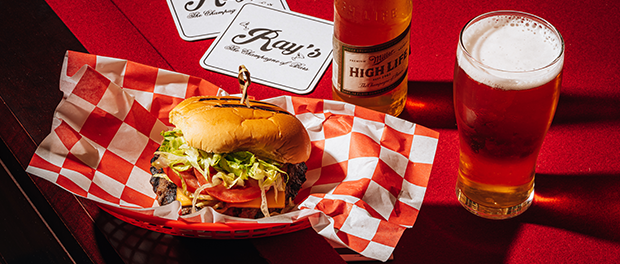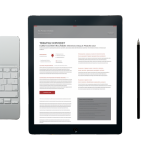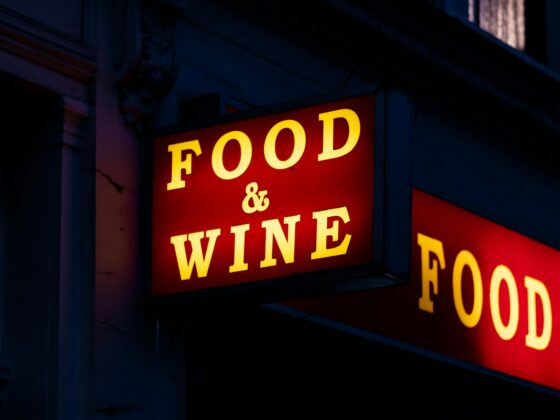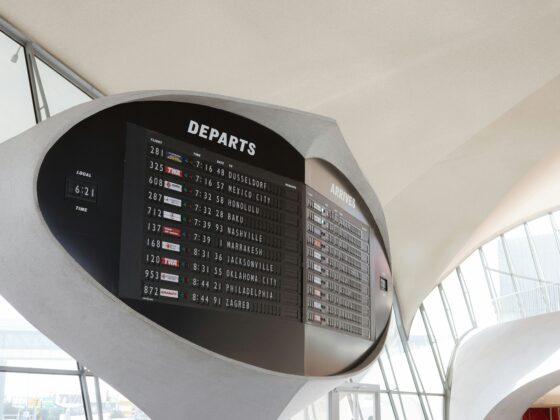
TouchBistro, released its annual 2025 American Diner Trends Report, surveying 1,500 diners across the U.S.. Despite the fact that consumers are paying more to visit and order from restaurants this year – 12.5% more to be exact – the average consumer is increasingly willing to make room in their budget for dining and takeout, resulting in a surprisingly optimistic outlook for the restaurant industry.
Taking a closer look at the 2025 Diner Trends Report, there are major divergences in the dining habits based on demographics and income, and specific trends that restaurants should watch.
Key data points:
- Despite a higher cost of living, the average consumer’s dining habits are unchanged. In fact, the number of consumers who dine out weekly or more often was actually up slightly from 39% to 42%
- The demand for takeout and delivery has slightly outpaced the demand for dining in. 28% of consumers say they are ordering takeout and delivery more frequently than last year.
- Among delivery apps, DoorDash is the clear favorite. More than two thirds (73%) of diners reported using DoorDash, with Uber Eats (56%) in second place and Grubhub (34%) in third.
- Nearly half (47%) of diners say they engage with loyalty programs at least once a week, up significantly from just 34% in 2023.
“Resilience stands out as the defining characteristic of this year’s 2025 Diner Trends Report,” said Samir Zabaneh, Chairman and CEO of TouchBistro. “While current economic conditions have a clear effect on dining habits, consumers are demonstrating remarkable adaptability, strategically allocating their spending based on what matters most to them – be it exceptional experiences, convenient access or maximizing value.”

Lower Income Households Feeling the Pinch
As expected, inflation and rising costs have a larger impact on lower income households. While 42 per cent of American diners said they dine out weekly or more, that drops to 27 per cent of those in households making less than $50k annually. In contrast, 64 per cent of those households making $200k or more said they dined out at least once a week.
This is aligned with consumers overwhelmingly citing costs as the main reason they were dining out less this year. 45 per cent of those who said they were dining out less this year because restaurant prices are too high.
Additionally, households making less than $50k ordered takeout and delivery far less frequently than their wealthier peers. Over one-in-three (35 per cent) of households making less than $50k still order in once a week or more often, compared to 55 per cent of households making $100k to $200k responded the same.
Price is clearly the largest detractor for American diners when it comes to takeout and delivery, with 36 per cent saying cooking at home is less expensive, 31 per cent saying restaurant prices are too high and 15 per cent pointing to high delivery fees.
Gen Z Insights
Despite having less spending power than other generations, Gen Z are making an outsized impact on the restaurant industry. One-in-five (20 per cent) of Gen Z say they are going out to eat daily, and while 58 per cent of Americans say they do not plan to change how often they are dining out in the next six months, almost half (48 per cent) of Gen Z actually plan to eat out more often. 50 per cent of Gen Z also said they plan to order takeout or delivery more often.
With all their plans to dine out and order delivery and take out, here are some factors that influence Gen Z:
- While eating out is typically a social activity, this year saw a notable increase in solo dining with 49% of Gen Z dining alone weekly or more often.
- 50% of Gen Z and Millennials diners would be more likely to visit a restaurant if it had a Michelin star, compared to one third of Gen X and just 16 per cent of Boomers.
- Over 4-in-5 (81%) of Gen Z diners are motivated to visit a restaurant if it has a limited time offer (LTO).
- 67% of Gen Z have used social media to decide on a restaurant.
Tipping Culture
With rising cost of goods, it is no surprise that average check sizes are up again. This year, diners reported spending $54 on average when eating out at a restaurant – up from $48 in 2023. While diners are spending noticeably more, more than half (61 per cent) of diners say there has been no change in their tipping habits this year.
Overall, the average percentage that American diners are tipping when dining in is 16%. While over 1-in-4 (27%) say they tip between 20-24%, this is balanced out by 15% of diners who are tipping 5 per cent or less. Additionally, despite Gen Z planning to dine out more often, they are also the stingiest tippers – tipping 13%on average. That is five% less than the average tip from Boomers (18%).
As for delivery and takeout, 64% of diners said their tipping habits remain unchanged. 29% do not tip at all, and what may be even more surprising is that 12% said they tip 20% or more on take out and delivery.
Navigating 2025
“Even with rising cost of living, diners consistently demonstrate their commitment to dining out and supporting restaurants,” added Zabaneh. “This enduring customer loyalty drives the restaurant industry forward, creating clear opportunities for restaurants to enhance the dining experience through strategic limited time offers, efficient delivery and exceptional in-person service.”
Here are five ways restaurant operators can bring in new and returning customers in 2025:
- Minimizing Menu Price Increases: Just because diners are still eating out and ordering in, does not mean they are happy about higher menu prices. Restaurant operators should limit significant menu price increases, explore value menus when possible, and avoid implementing any sneaky service charges.
- Expanding Off-Premise Options: Takeout and delivery is not going away any time soon, with consumers enjoying both the lower cost and being able to eat in the comfort of their own home. Restaurants who are looking to launch or expand their off-premise capabilities should optimize for speed and convenience, the two main factors driving consumers’ takeout and delivery decisions.
- Leveraging Limited Time Offerings (LTOs): With increased competition and higher food costs, one way restaurants can stand out is with LTOs, which appeal to every generation of diners and are an easy way to draw in new customers. The key is to keep these promotions short to avoid menu bloat.
- Maximizing Diner Discovery: Most restaurant operators know that their digital presence is an essential marketing tool. By polishing their own profiles and encouraging user-generated content like social media and Google reviews, savvy restaurateurs can boost organic diner discovery.
- Experimenting with Tech: Diners are increasingly comfortable with foodservice automation and AI, and they can be a huge boost in efficiency. For back of house, operators should focus on tech that drives speed, efficiency, and cost savings. In the front of house, there should be a more cautious approach to ensure customer service is always at the forefront.
The 2025 American Diner Trends Report can be downloaded for free HERE.








